Are you looking for a trendy way to safeguard your car? Car wraps are an excellent alternative to paint, providing unlimited customization and protection. What happens if your wrap starts peeling, bubbling, or fading? Do not panic; this guide will help you understand the most common car wrap problems and how to avoid them.
Why Do Car Wraps Develop Problems?

Car wraps can develop issues over time. Understanding the causes allows you to prevent and treat them. Some of the causes are outlined below
Low-quality vinyl materials
Cheap wraps don’t last long. Low-quality vinyl wraps have a shorter lifespan. They are more likely to fade, crack, or peel faster than high-quality ones.
Bad installation
Problems like wrinkles or bubbles show up if the wrap isn’t put on correctly. To get a smooth finish, you need to use the right techniques.
Extreme weather exposure
Exposure to extreme weather conditions, including heat, sunlight, and precipitation, can adversely affect vinyl materials. Prolonged exposure to these elements may lead to a deterioration of the wrap, resulting in fading or detachment.

Improper maintenance
Harsh chemicals or high-pressure washes can damage the wrap. To keep it looking new, clean it gently with mild soap.
Common Car Wrap Mistakes to Avoid and How to Fix Them
With the right care and fit, a car wrap can make your car look different. Don’t do these usual things if you want your wrap to look great and last longer. If you fix these issues, your car will stay in great shape.
Poor Cleaning and Preparation

If there is dirt, dust, or grease on the car’s surface, it can damage the wrap. The vinyl won’t stick well if you don’t clean it right. Over time, this causes the skin to peel or bubble.
Clean the vehicle’s surface really well before installing the car wrap vinyl. To clean a surface, use isopropyl alcohol and a light detergent. Wait until it’s completely dry before putting the wrap on it.
Not Using Proper Heat During Installation
The heat makes it easier for the vinyl to stick and stretch better. Without it, the wrap might not adhere properly. This could lead to wrinkles or lines that lift from the edges.
When putting up vinyl, you should always use a heat gun to warm it up. Be careful not to get the material too hot, as that can damage it. For a smooth, long-lasting finish, use the right amount of heat.
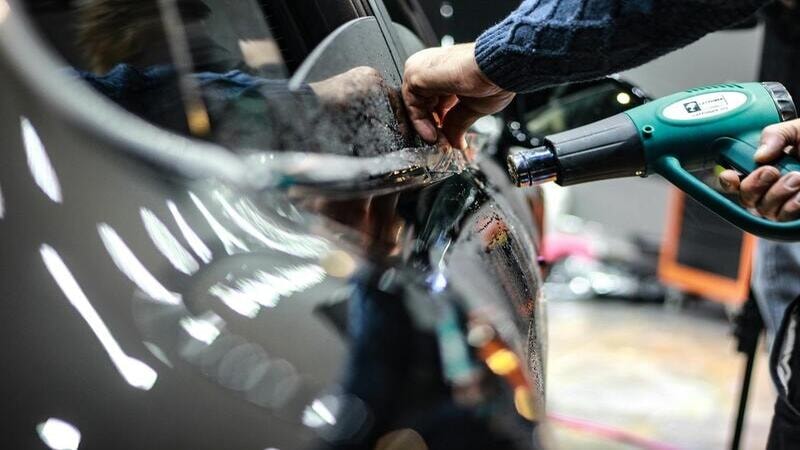
Choosing Low-Quality Vinyl
For a good car wrap, you need to pick the right vinyl. Cheap vinyl or Low-quality vinyl fades, cracks, or peels off fast. It doesn’t hold up well in bad weather or wear.
High-quality vinyl that is made well looks better and lasts longer. Cast vinyl is strong and bendable, which makes it perfect for wrapping cars. Calendered vinyl is less expensive, but it is less bendable and more likely to shrink.
For a skilled finish that lasts, always choose high-quality car wrap vinyl.
Stretching the Vinyl Too Much
If you stretch the vinyl too far, it might get thin or tear. It makes the material weaker and causes damage before it should happen.
Only gently stretch the vinyl when you need to. As for how to properly stretch, follow the manufacturer’s instructions. In this way, the wrap stays strong and whole.
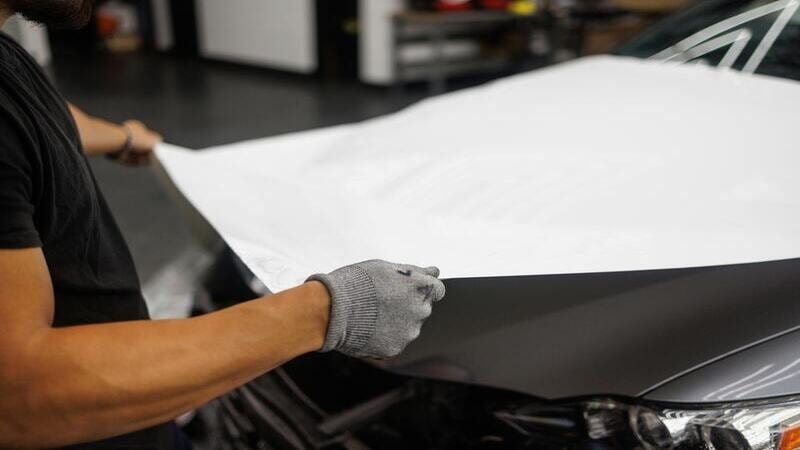
Using the Wrong Tools
Using improper tools can damage the vinyl or the car surface. Scrapers or knives can scratch the wrap or paint on the vehicle’s surface.
Always use tools designed for quality car wraps, like squeegees and flat-edged blades. These tools prevent scratches and ensure a smooth application.
Applying Vinyl in Cold Weather

Cold weather makes vinyl stiff and hard to work with. It doesn’t adhere well, leading to lifting or bubbling.
Install the wrap in a warm, controlled environment. For outdoor installation, choose a day with mild temperatures. Use a heat gun to make the vinyl more pliable.
Not Removing Air Bubbles
Air bubbles trapped under the wrap look bad and weaken adhesion. Over time, they can grow and cause peeling. That’s why you must remove air bubbles while adding a wrap to your car.
Use a squeegee to push out air bubbles during installation. Start applying from the centre and work outward. Small bubbles can be punctured with a pin and smoothed out.
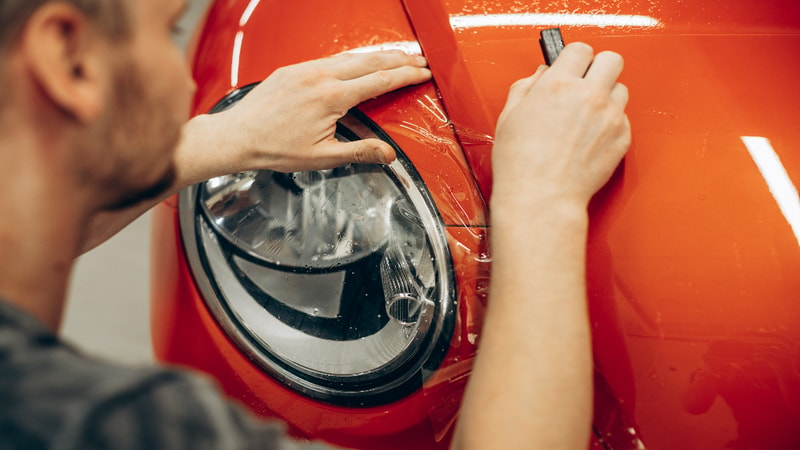
Not Using Enough Adhesive Promoter
Adhesive promoters help the vinyl stick better. The wrap may not adhere properly without them, especially on curved surfaces.
Apply an adhesive promoter to tricky areas like edges and curves. Follow the instructions on the product for best results. This ensures a strong, lasting bond.
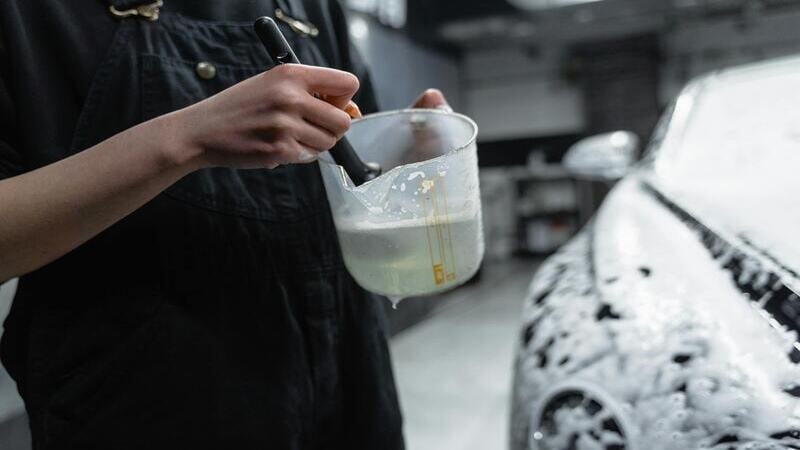
Poor Installation Techniques
It’s risky to have someone else install the vinyl because they might use cheap vinyl or do it wrong, which could result in a bad finish or even damage the vehicle’s original paint job. Wrinkles, bubbles, or pulling can happen if you are in a hurry or use the wrong techniques. The wrap will not last as long if it is not installed properly.
Take your time and do things the right way. A professional installation is necessary for a car wrap job to go well. For a car wrap job to go well, the surface must be properly prepared. You can look at lessons or ask a professional for help. A smooth, long-lasting wrap comes from being careful.
Not Inspecting the Vinyl Car Wrap
Ignoring the state of the wrap can cause damage that you don’t notice. Over time, little problems can turn into bigger ones.
Check the wrap often for damage or signs of wear. Take care of problems like splitting or shrinking right away. The wrap will look great for years if you take care of it regularly.

Factors Affecting Car Wrap Durability
Many factors influence the life of a car wrap. Understanding these will help you to take advantage of the car wrap job.
Environmental Exposure
One of the main determinants of how frequently you will need to renew your car wrap is environmental exposure. UV rays coming from sunlight are extremely harmful. They can cause vinyl to fade or crack.
Other conditions, such as heat, cold, and acid rain, cause the wrap to disintegrate quickly. A wrap can last seven years under normal conditions. The wrap that is completely exposed to sunlight may last only three to four years.
Maintenance and Care

Maintenance is essential for extending the life of a wrap. Dirt buildup on vinyl can be minimized with routine washings using a mild soap and water solution. Strong chemicals or aggressive scrubbers should not be used since they could harm the vinyl.
Avoid being in extremely hot or cold weather. It also protects the wrap from environmental deterioration caused by chemicals, dirt, and road debris, allowing it to last longer when coated with ceramic coatings or other protective layers.
It is advised to clean a car wrap by hand using a mild soap and water solution.
Signs It’s Time to Replace Your Car Wrap
Car wraps can last for years, but eventually they become inefficient and unattractive. As a terrific way to improve the car’s appearance and protection, knowing when to replace the wrap is crucial. The following indicators may indicate a wrap is needed.
Fading or Discoloration
A faded or discoloured vehicle wrap is the most obvious sign that it needs to be replaced. UV exposure is the main reason. Replace the wrap if it fades or changes its colour.
Chrome wraps are more susceptible to UV damage than satin, matte, or gloss wraps. Fading might damage the wrap’s appearance and usefulness. Consider replacing the wrap if it no longer protects the paint.
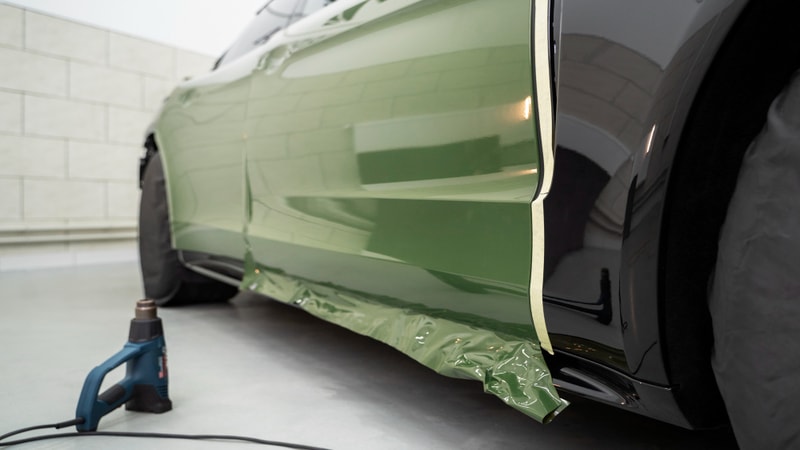
Damage to the Original Paint
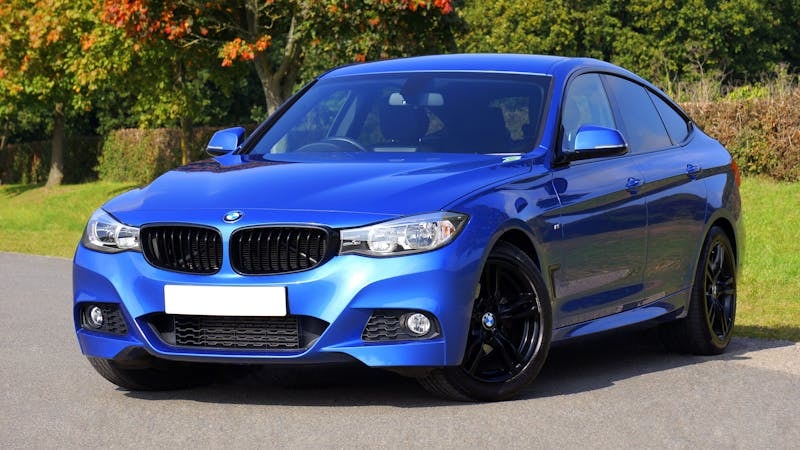
Vinyl car wraps should not harm your car’s original paint if done correctly. Factory-applied paint in good condition is usually safe. However, improper removal or installation can damage the paint.
To avoid this, always remove the wrap carefully. Use proper techniques and tools to prevent peeling or scratching. Hiring a professional installer ensures the paint stays protected during the wrapping process.
Protecting your car’s underlying paint is key. Skilled professionals can help prevent damage to the original paint.
Bubbles, Wrinkles, and Scratches
Professionals can swiftly resolve minor flaws, but scratches, wrinkles, and bubbles may demand a new car cover. These problems often arise when the wrap is physically damaged by rock chips or improper application. Scratches can also occur when a car is cleaned with chemicals or in an automated car wash.
Wrinkles formed by improper installation or temperature changes are troublesome. Because they affect the smoothness of the wrap’s surface, permanent wrinkles can necessitate replacing the entire vehicle wrap; however, some can be smoothed out.
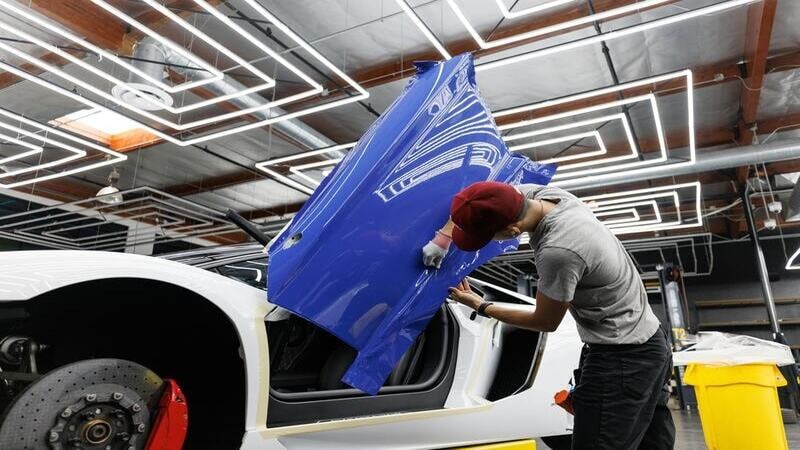
How to Prevent Car Wrap Problems
If you want a car wrap to last as long as possible, proper maintenance is essential. With the right care, vinyl car wraps can last for years; otherwise, they will fade, crack, or decay too soon. Here are some tried-and-true ways to maintain the best possible condition for your wrapped vehicle.
Regular Cleaning and Inspection
Wash your covered car occasionally with soap and water to keep it looking brand new. To avoid scratching or damaging the wrap, take care not to brush too vigorously due to the unforeseen application of a soft cloth, which is intended to lessen the possibility of scratching.
Because dirt tends to congregate in higher areas, washing and rinsing the top and sides is especially important. Dirt will accumulate if you don’t regularly clean high places like the hood and roof.

Protecting the Wrap
Ceramic coating on vinyl wrap is the best way to protect it. This protective layer’s hydrophobic surface effectively repels water, dirt, and grime.
Additionally, this offers defence against damaging UV radiation and small scratches. A ceramic layer functions as a protection, significantly increasing your wrap’s resistance to harmful environmental conditions.
Upgrading to PPF: The Next Level of Paint Protection
Paint protection film, or PPF, provides excellent coverage and protects the paint underneath your car. It provides a strong defence against damaging UV rays, chipping, and scratches. Choosing PPF improves the defence of your vehicle.
It keeps your paint looking immaculate and reduces the need for touch-ups. For long-lasting protection, this makes it a wise investment. However, the cost of applying PPF should be kept in mind.
FAQs
How long will a car wrap last?
A car wrap might last three to five years with the right care. Your car can endure up to seven years if you hand wash it with a moderate soap and water solution.
Can a wrapped car go through a carwash?
Wrapped cars can be washed, but it’s important to ensure the car wash uses a touchless method. Brush carwashing could damage the car’s graphics, causing problems including vinyl edge lifting, dulling, and scratches.
Conclusion
Car wraps are a fantastic method to update the appearance of your car and give it a unique, eye-catching appeal. But the secret to making sure your wrap not only looks perfect but also endures over time is to steer clear of typical blunders.
You may avoid many of the most common car wrap issues and have a long-lasting, attractive finish by spending money on premium materials and prioritizing proper surface preparation.
CarlikeFilm: Vehicle Wraps Engineered for Impact
Upgrade your fleet with CarlikeFilm’s premium wraps, which are durable, stylish, and simple to apply. Choose from a vast choice of colours and finishes, and if you need assistance, our professionals are here to help. Get a free quote and see how we elevate business vehicles every day.



